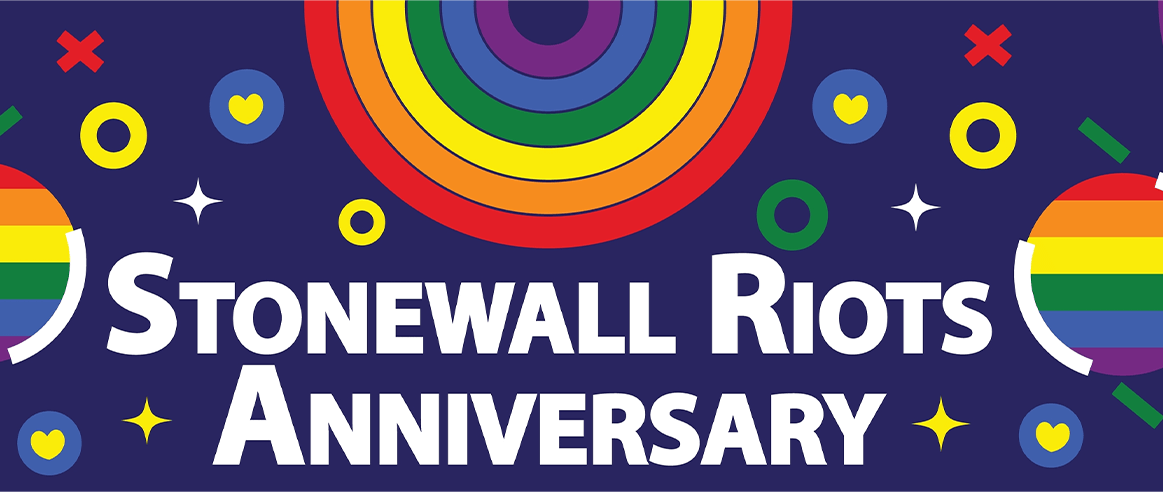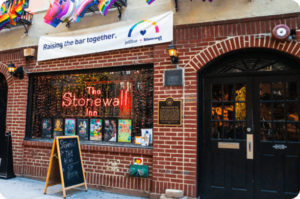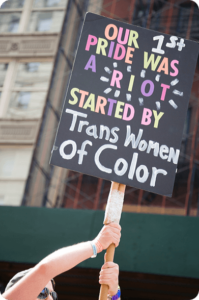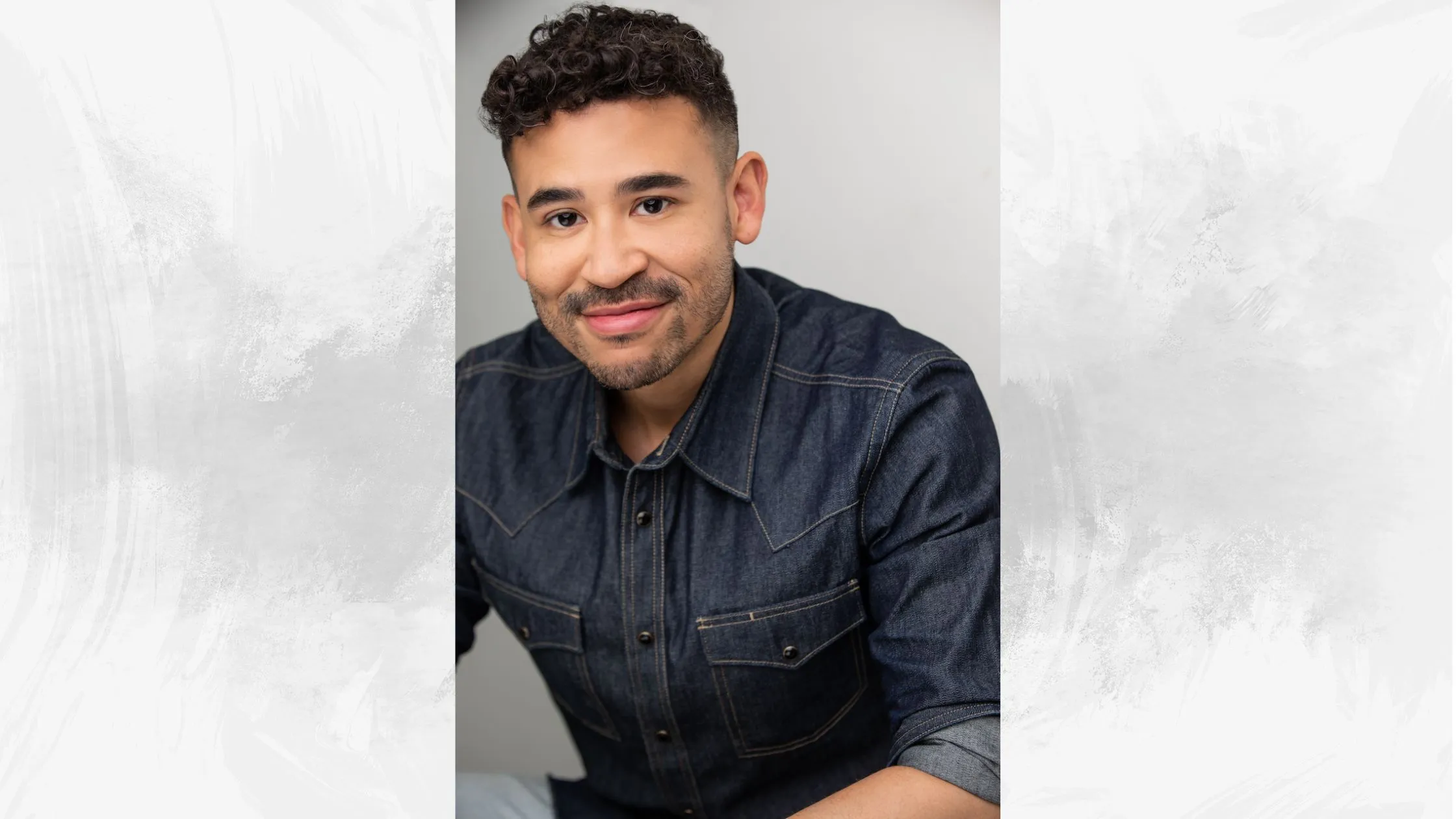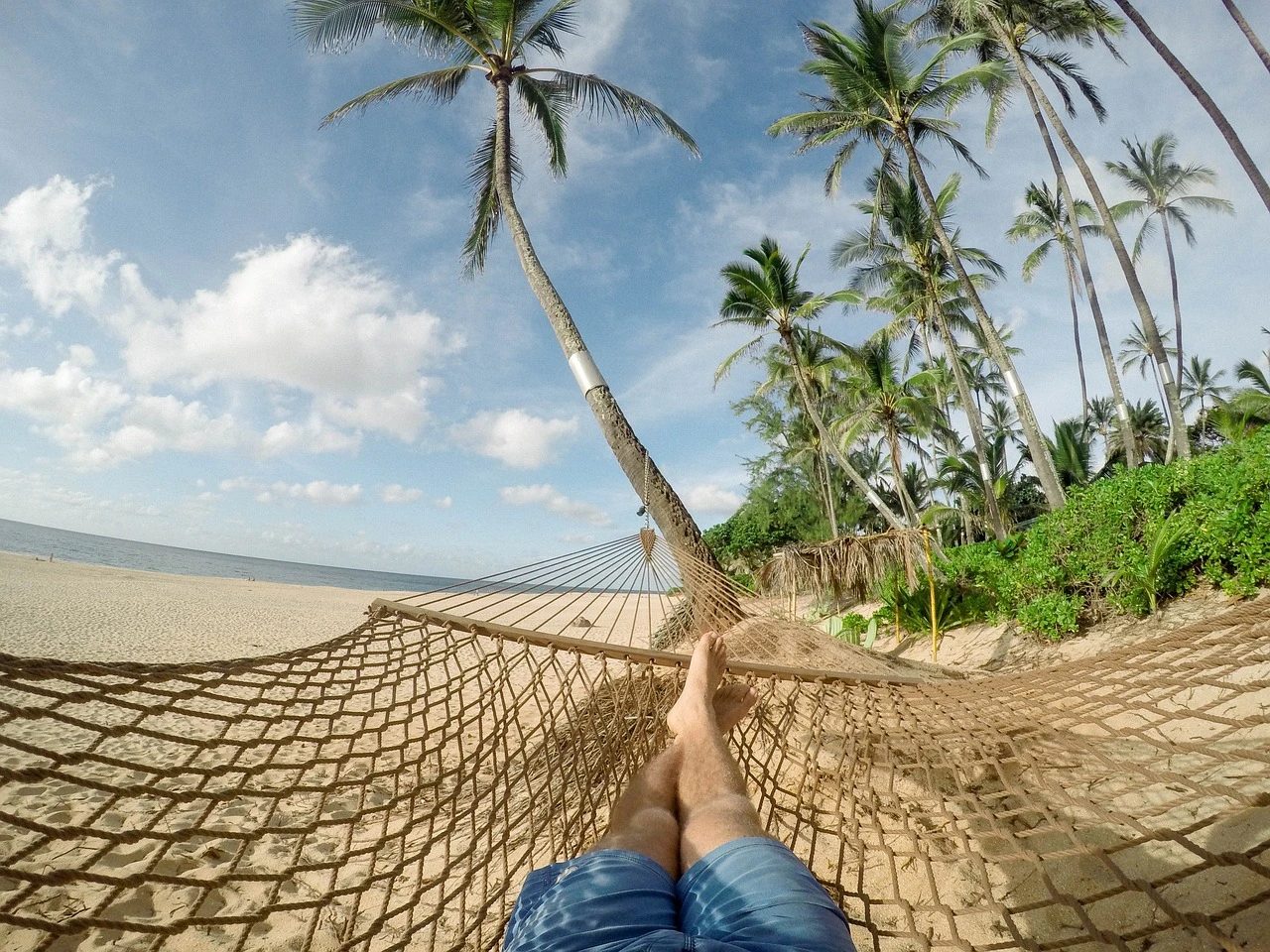Written by Jaden Parker
The 28th of June in 1969 is a date most all LGBT-identifying people will remember for decades to come. Called the Stonewall Uprising—Stonewall veterans prefer the term Rebellion or Uprising because the police called them Riots in order to justify the force they used—six days of protests began as a result of police raiding the Stonewall Inn, a gay club in Greenwich Village on Christopher Street. The rough treatment of the workers and customers at the hands of the police sparked violence outside the bar and in Christopher Park.
Just three years earlier in 1966, the New York State Liquor Authority was shutting down gay bars for being “disorderly.” While these rules were overturned, being gay was still illegal; so bars continued to be harassed by police. Bars operated without liquor licenses because they were owned by the Mafia. It was profitable for the Mafia, especially the Genovese family, to make a space for gays. In 1967, the Geneoveses renovated the Stonewall Inn and reopened it as a gay bar. They registered it as a “private bottle bar,” which essentially means BYOB. Customers signed their names in a book to make it seem like they were members of a club, and the Mafia bribed the New York 6th Police Precinct to ignore the club.
Because all of this was being done illegally, the Genovese family got away with having no fire exit, no running water to wash glasses, and no clean toilets. They also blackmailed wealthier patrons who wanted to keep their sexualities a secret. The differences between the Stonewall Inn and most other gay bars were that it welcomed drag queens, was a night home for homeless gay youths, and allowed dancing.
At the time, there was a New York criminal statute that allowed people to be arrested if they weren’t wearing at least three articles of gender-appropriate clothing. This is how the police warranted their raid of Stonewall Inn that night; except this time, the LGBT community realized for the first time that they were extremely powerful if they united together. The police, scared and incredibly unprepared, barricaded themselves in the bar, which was subsequently set on fire.
This was a pot of unfair treatment that had been boiling for years prior. In 1924, the first U.S. gay rights organization called The Society for Human Rights was founded by Henry Gerber. After several publications of their newsletter “Friendship and Freedom,” the police disbanded them a year later. The first lesbian rights organization was in San Francisco, created on September 21, 1955. It was called The Daughters of Bilitis. In 1966, The Mattachine Society openly declared their sexualities in bars. If they were refused service, they would sue the bar, as The Commision on Human Rights had ruled that gay people had the right to be served.
It’s been 54 years since the Stonewall Rebellion took place. To this day, we still have countries where being gay is a punishable crime. But, we also have a lot more countries who have followed in the Netherlands’ footsteps and fully supported gay rights by legalizing it. On the first anniversary of the Uprising, the first gay pride parades in the United States happened in L.A., Chicago, San Francisco, and New York. So, while we have come so very far, we still have a long way to go.
